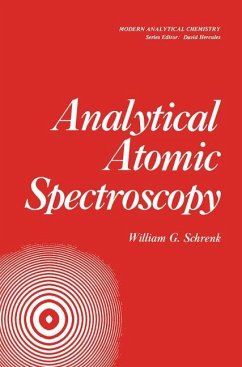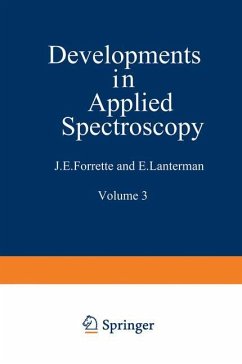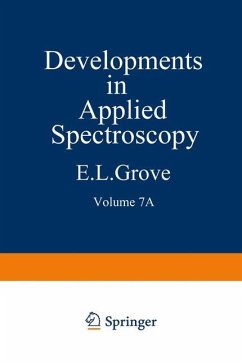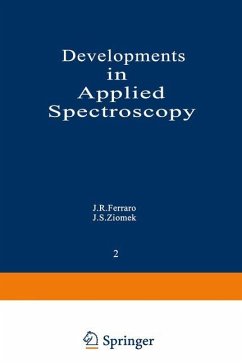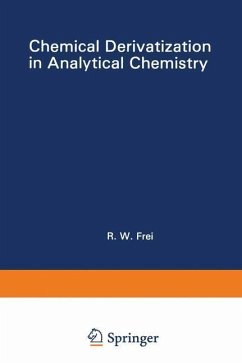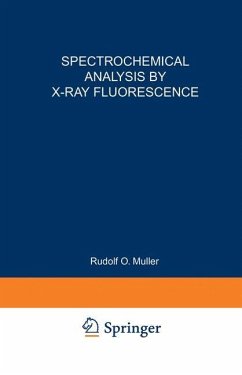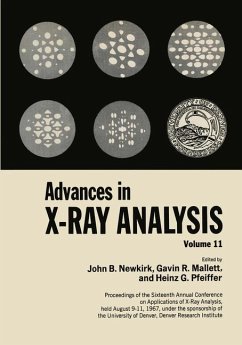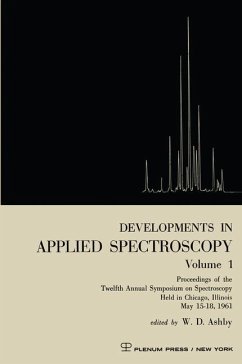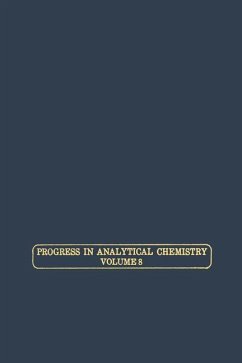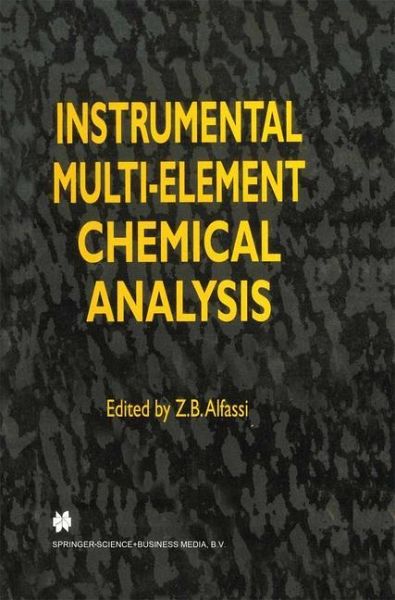
Instrumental Multi-Element Chemical Analysis

PAYBACK Punkte
33 °P sammeln!
The analysis of materials containing several elements used to be a difficult problem for analytical chemists, so a well established sequence of wet chemical qualitative tests were performed to ensure each element was detected. Quantitative tests could then be carried out on the sample, according to the range of elements present. Most analytical chemists were very familiar with these techniques, having been taugth them from a very early stage in their education and careers. The analytical chemist can now call on a range of specialist instrumental techniques which can detect the presence of many...
The analysis of materials containing several elements used to be a difficult problem for analytical chemists, so a well established sequence of wet chemical qualitative tests were performed to ensure each element was detected. Quantitative tests could then be carried out on the sample, according to the range of elements present. Most analytical chemists were very familiar with these techniques, having been taugth them from a very early stage in their education and careers. The analytical chemist can now call on a range of specialist instrumental techniques which can detect the presence of many elements, often simultaneously, and often quantitatively, providing rapid results on samples which, in the past, could take days. The drawback is that the instruments tend to be expensive, suited to particular sample types or matrices and complex in both setting up and in the interpretation of results. Furthermore the general analytical chemist may have access and familiarity with only one or two methods.
Written by an international team of contributors, each experts in their particular fields, this book familiarizes analytical chemists with the range of elemental analysis techniquers, to enable them to specify the most appropriate test for any given sample. In addition, it contains important chapters on sample preparation and quality control, essential elements in obtaining accurate and reliable analytical results.
As such, this book will be essential reading for all analytical chemists. The techniques of elemental analysis are important in many other disciplines, so the book will be of particular interest to those commissioning a wide range of analytical measurements, such as chemists, geologists, environmental scientists and biologists. The breadth and depth of coverage will also make the book very useful for advanced students.
Written by an international team of contributors, each experts in their particular fields, this book familiarizes analytical chemists with the range of elemental analysis techniquers, to enable them to specify the most appropriate test for any given sample. In addition, it contains important chapters on sample preparation and quality control, essential elements in obtaining accurate and reliable analytical results.
As such, this book will be essential reading for all analytical chemists. The techniques of elemental analysis are important in many other disciplines, so the book will be of particular interest to those commissioning a wide range of analytical measurements, such as chemists, geologists, environmental scientists and biologists. The breadth and depth of coverage will also make the book very useful for advanced students.





